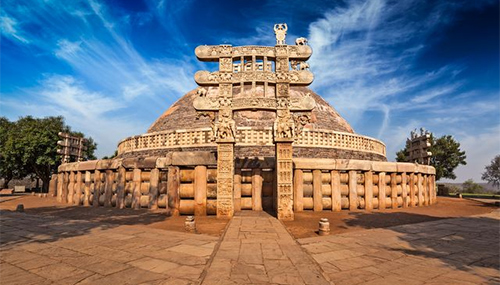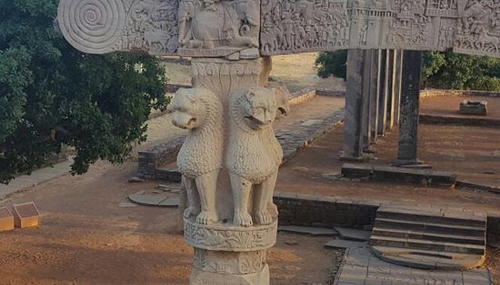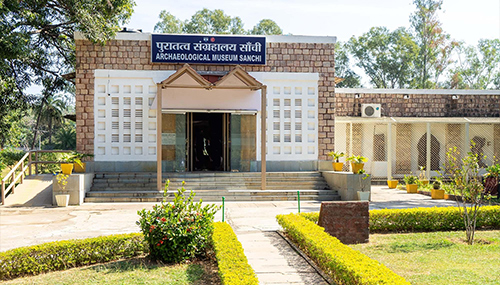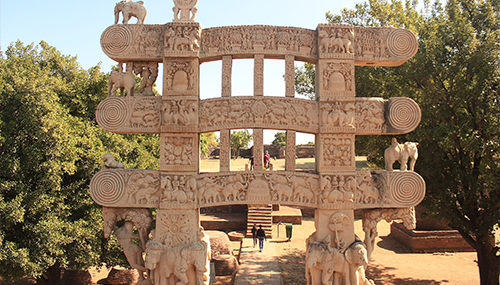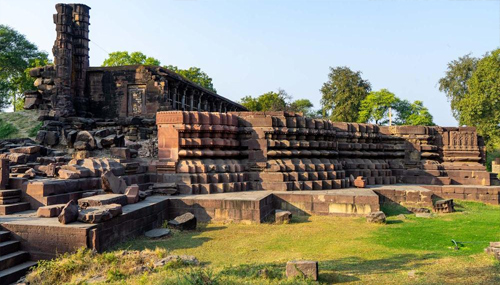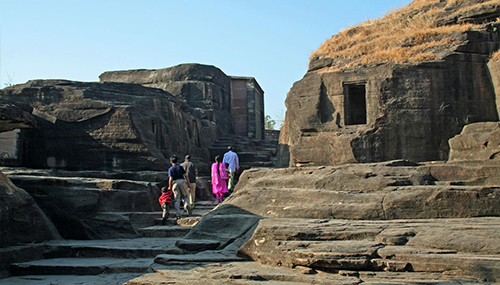Sanchi Stupas
The Sanchi Stupas are the crown jewels of Sanchi's historical significance. These ancient Buddhist monuments, a UNESCO World Heritage Site, are a marvel of architecture and spirituality. The Great Stupa, built by the Emperor Ashoka in the 3rd century BCE, is the most prominent. It stands as a symbol of peace and enlightenment. The intricate carvings and serene ambiance make it a must-visit for history enthusiasts and spiritual seekers.
